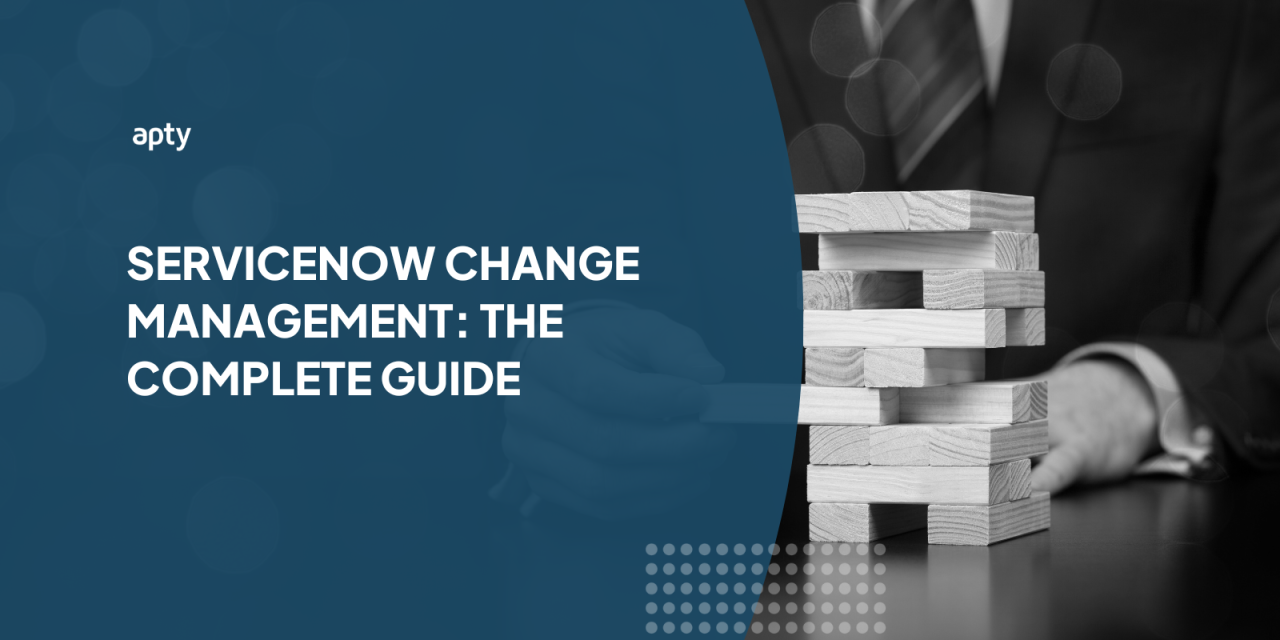
ServiceNow Change Management: The Complete Guide
ServiceNow Change Management is a critical component in modern enterprises, ensuring systematic management of changes to IT services and infrastructure. This guide aims to provide comprehensive insights into ServiceNow Change Management, covering its importance, processes, benefits, and real-world applications.
ServiceNow is essential for leading organizations powered by ITSM tools, customer support, cybersecurity, and more. The platform is highly regarded for managing change and is considered one of the best applications for change management. According to recent data, the global ITSM market is expected to be worth USD 22.1 billion by 2028 , growing at a CAGR of 15.9%, indicating significant adoption of platforms like ServiceNow in change management .
Understanding ServiceNow Change Management
ServiceNow is a robust cloud-based platform designed for IT Service Management (ITSM), enabling organizations to streamline operations through automated workflows. Adopting best practices in ServiceNow implementation helps organizations avoid ITSM pitfalls and achieve optimal performance. With its comprehensive suite of tools, ServiceNow supports various business functions, making it a key asset for modern IT departments.
Change Management in ServiceNow involves a systematic approach to controlling the life cycle of all changes, facilitating beneficial changes with minimal disruption to IT services. The change management tool in ServiceNow helps govern and track the process throughout the change lifecycle, ensuring a smooth and efficient change management workflow.
ServiceNow Change Management Process
ServiceNow helps you systematically initiate the change and keeps tabs on the following:
Step-by-Step Workflow:
领英推荐
Types of Changes within ServiceNow
Not all change initiatives are equal. There are four types of change requests within ServiceNow:
ServiceNow Change Management Best Practices
To maximize the benefits of ServiceNow, follow these best practices :
Ensure Seamless ServiceNow Change Management Training with Apty
Over 70% of change management initiatives fail, and ServiceNow change management is no exception. To counter this, organizations must develop simple processes and empower their workforce with robust training programs and digital adoption strategies. A Digital Adoption Platform (DAP) helps organizations understand usage patterns, design new processes, and create effective training content tailored to ServiceNow.
Final Thoughts: ServiceNow Change Management
The ServiceNow application is powered by multiple capabilities, making it one of the most complete ITSM applications available. Efficient training tools, such as a Digital Adoption Platform, are essential to maximize your ServiceNow investments. Contact us to learn how a Digital Adoption Platform can help you train employees on ServiceNow and enhance your change management processes.